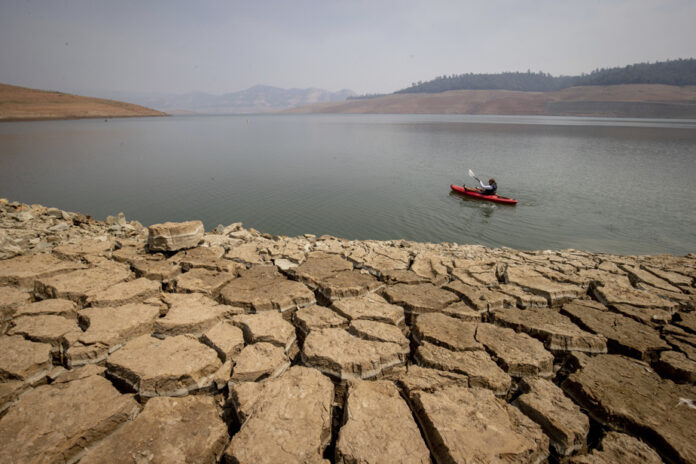There are many, in fact. These six reports total more than 10,000 pages on different issues with a common denominator: climate change. Each of these reports, prepared by hundreds of scientists, addresses a particular theme. It should be noted that the IPCC is composed of three working groups: the first is interested in the science of climate change, the second deals with the impacts of global warming and the third is responsible for addressing the solutions to be implemented.
We cannot answer you on the possibility of seeing the Sainte Flanelle welcoming a gifted young hockey player into its ranks, especially since it is a lottery that will determine the winning team, under the rules of the National Hockey League. One thing is certain, however, several IPCC findings (increasing droughts, floods, etc.) are already a reality in many regions of the world. The same cannot be said for the presence of the young Bedard on the same line as Suzuki and Caufield at the next training camp.
The next IPCC report will consist of two documents. The first, of about fifty pages, will summarize the reports published since 2018. It will discuss the evidence accumulated to date on global warming, we will also discuss its impacts and the necessary mitigation measures. It will also discuss the consequences of warming above 1.5°C and 2°C, as well as the impacts on the oceans and the cryosphere (ice surfaces). Not to mention the effects of overexploitation of land on the climate.
You are shrewd! Summarizing the findings of six reports into a 50-page document is still a huge challenge. But the real difficulty will be to agree on the second text, a summary for decision-makers. Every word, every line of this ten-page text must be approved by the 195 member countries of the IPCC. The reason is very simple: if the first text is based on scientific findings, the second has a slightly more political scope.
You are right. The discussions do not focus on the existence of climate change or on the influence of human activities on global warming. Everyone agrees on this. What is important to understand is that the summary for decision makers contains the key messages to guide the fight against climate change. But there is no consensus on the solutions to be implemented. According to Caroline Brouillette, director of Climate Action Network Canada, Saudi Arabia, for example, wants the document to promote the adoption of technological solutions, such as carbon capture, rather than an exit from fossil fuels. This Middle Eastern country, let us remember, is one of the largest oil producers in the world.
Of course, but the two solutions do not have the same importance. According to the IPCC, carbon sequestration technologies should in no way be used as an excuse not to reduce the use of fossil fuels. This is all the more crucial as these technologies are far from proven to date. To hope to limit global warming to 1.5°C, or even 2°C, we must inevitably reduce our use of polluting energy sources.
The climatic contest will not be easy, you guessed it right. In its latest report unveiled in April 2022, the IPCC indicated that our greenhouse gas emissions had to peak no later than 2025 and then decrease by 43% by 2030, in order to limit global warming to 1.5°. vs.
As American climatologist Zeke Hausfather regularly reminds us, “climate is ultimately about degrees rather than thresholds.” Even if we don’t limit warming to 1.5°C, the game is not over. Every tenth of a degree counts, he points out. The 1.5°C target seems increasingly out of reach, but it is still possible to stay below 2°C, experts say. According to the IPCC, if current trends continue, the world is heading for a global warming of 3.2°C by the end of the century.
With a warming of 2°C, the IPCC estimates that annual fish catches will decline by 3 million tonnes globally. This reduction would be 1.5 million tonnes if warming were limited to 1.5°C.
The 1.5°C warming threshold would be reached within 10 years, according to a recent study published in the journal Proceedings of the National Academy of Sciences.
Between 3.3 and 3.6 billion people on Earth already live in “highly vulnerable” conditions to climate change, according to the IPCC.
Since about 1880, the average global temperature has increased by at least 1.1°C, according to NASA.


















